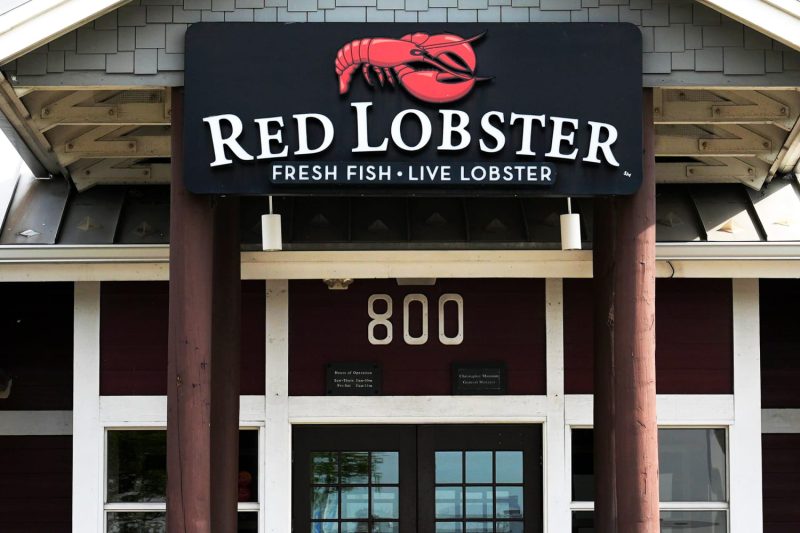In a fascinating turn of events, Red Lobster found itself in choppy waters, not due to their beloved Endless Shrimp promotion, but rather the effects of private equity meddling. The storied seafood chain, known for its Cheddar Bay Biscuits and fresh seafood offerings, suddenly found itself struggling under the weight of financial mismanagement and short-term profit priorities imposed by its private equity owners.
With a legacy dating back to 1968, Red Lobster had successfully established itself as a household name synonymous with quality seafood dining. However, in 2014, the chain was acquired by Golden Gate Capital in a leveraged buyout that ultimately proved detrimental to its long-term success. By loading Red Lobster with debt and prioritizing cost-cutting measures over investing in its core offerings and customer experience, the private equity owners inadvertently set the stage for the chain’s decline.
The consequences of private equity involvement became increasingly apparent as Red Lobster struggled to adapt to changing consumer preferences and an evolving dining landscape. The focus on streamlining operations and maximizing short-term profits led to a stagnation in menu innovation, a decline in food quality, and an erosion of the unique brand identity that had once set Red Lobster apart.
Moreover, the financial pressures imposed by the debt burden hindered Red Lobster’s ability to invest in crucial areas such as restaurant renovations, technology upgrades, and marketing initiatives that could have helped revitalize the brand and attract a new generation of diners. As competitors embraced trends such as sustainability, customization, and healthier dining options, Red Lobster lagged behind, unable to keep pace with the rapidly changing industry dynamics.
The impact of private equity ownership on Red Lobster serves as a cautionary tale for other companies in the restaurant industry and beyond. While private equity firms can provide valuable resources and expertise to help companies grow and thrive, the pursuit of short-term gains at the expense of long-term sustainability can have far-reaching consequences.
Ultimately, the downfall of Red Lobster was not due to the quality of its seafood or the popularity of its iconic dishes, but rather the repercussions of a corporate structure that prioritized financial engineering over operational excellence. As the restaurant industry continues to evolve, the lessons learned from Red Lobster’s struggles underscore the importance of striking a balance between profit maximization and sustainable growth to ensure enduring success in an ever-changing marketplace.
Moving forward, it remains to be seen whether Red Lobster can navigate the choppy waters of private equity influence and emerge stronger and more resilient than before. Only time will tell if the iconic seafood chain can reclaim its status as a beloved dining destination and once again capture the hearts and appetites of seafood lovers everywhere.
